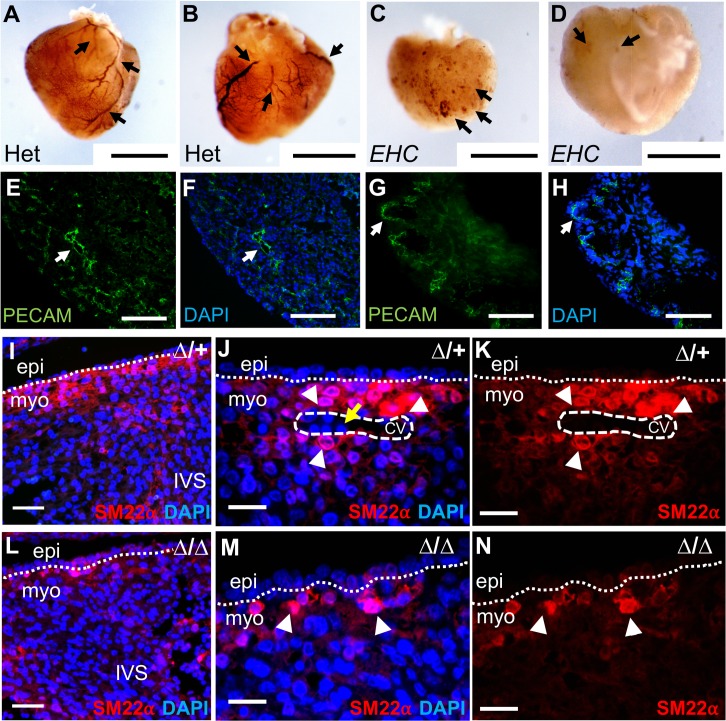Fig 5. EHC mutants lack mature coronary vessels.
PECAM-1 immunohistochemistry reveals prominent coronary vessels (arrows) on the ventral (A) and dorsal (B) surface of EHC heterozygous hearts. Only clusters of PECAM-1 expressing cells (arrows) are apparent on EHC homozygous mutant ventral (C) and dorsal (D) heart surface, with no clear evidence of coronary vessels. E-F: Section immunofluorescence for PECAM-1 (green) on Myh10∆ heterozygote at E14.5, demonstrating cells in myocardial region surrounding a developing vessel (arrow). G-H: Section immunofluorescence for PECAM-1 on Myh10∆ homozygous mutant at E14.5, demonstrating staining of clusters of cells on cardiac surface (arrow), consistent with whole mount staining in panels C-D. Staining for the smooth muscle cell marker SM22α reveals few smooth muscle cells within the interventricular septum region of the heterozygote (I) and Myh10∆ homozygous mutant (L). SM22α expressing cells are localised around a developing coronary vessel (white dashed circle) in heterozygous control hearts (J-K, arrowheads), and nucleated blood cells within the vessel can be visualised with DAPI (yellow arrow). No such structures are present in Myh10∆ homozygous mutant hearts, and smooth muscle cells expressing SM22α are less clustered in mutant hearts (M-N, arrowheads). Cell nuclei were labelled with DAPI (blue). Scale bars: A-D = 1 mm, E-H = 100 μm, I and L = 50 μm, J-K and M-N = 25 μm. Abbreviations: CV: coronary vessel, epi: epicardium, IVS: interventricular septum, myo: myocardium, PECAM: platelet endothelial cell adhesion molecule-1, ∆: Myh10∆.

